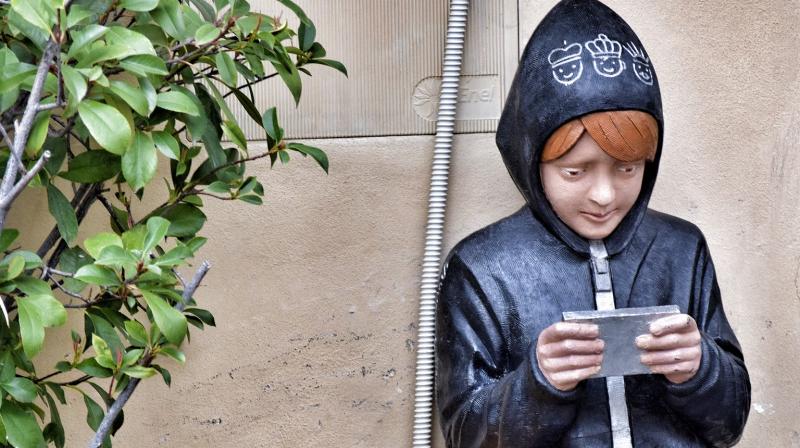Helicopter parenting ends
With both parents now generally going to work, it is physically not possible to monitor activities of children.

Gone are the days when helicopter parenting (parents hovering over kids’ every move) meant parents were physically around their children, monitoring their day-to-day activities. Back then, there was at least one parent at home. However, now with both parents generally working, it has become really difficult to keep track of activities of children, physically or virtually.
It has become increasingly common for parents to give their children a mobile phone from a very young age, and though the intention might be to ensure convenience in contacting them, it may not be the only function children use the phones for. There are online activities they indulge in, posing a real threat. As parents we might struggle to decide how much freedom we should give our children online. However, that decision can be a little easier if we know what exactly our child is doing online. It may be harmless to watch the online video of “Baby Shark” or playing educational games. But how many of us realise that online threats can be targeted at children through these seemingly harmless platforms and activities? What is the next video that will play (automatically) after the first video ends on YouTube? Is that popup advertisement in the app child-friendly?
Technology has made it possible now to remotely monitor the safety, security and presence of children. There are calls, and then there are apps that let you manage children’s presence and activity. Mobile apps installed on the child’s phone, or wrist wearable devices, and the parents’ phone helps monitor screen time, geographic location and battery levels, and even social media interactions. The safety of children is the primary objective for Parental Control Apps to exist. But again, everything in a limit is the best practice for humans. If children spend limited time online and have constant conversation with parents about their online activities, it calls for less worry for parents. Similarly tracking children to keep them safe and not using it extensively could be the best practice for parents and the children.
Social Media and Teens
We come across incidents almost every day about how teens spend most of their time online, how children fall prey to cyber bullying, dangerous online games like the Blue Whale Challenge or the Momo Challenge, and how they impact vulnerable minds of young children to the point of it being life threatening.
The Blue Whale challenge was spread greatly in India too, and led to children not only taking up the challenge but also losing their lives to it.
Social media account users aged 10 to 12 years old tend to have daily access to Snapchat, Pinterest, Tinder, Tumblr, and Vine than their teenage counterparts, even though the minimum age to register at these social networking sites is 13 years. Attention seeking is almost the birthright of a teenager, and this contributes to rebellion and taking risks. ‘If the parent has disallowed it, it is something that ‘has’ to be done.’ Hence it is imperative that parents try and circumvent their children’s online behaviour.
And tracking apps on wearables and phones makes it easier for parents to track such activities for their safety. Parents don’t need to track everything their children do but understand what exactly is going on in their lives. Discussing social media platforms, cyber bullying incidents, laughing together on memes are a few things that we can do with our children to make them feel safe and assuring them that they can talk to us about anything that they are going through online and in life. Knowing their emotional conditions and encouraging them to share their feelings with the parents is also a good practice.
Tracking children for their safety is just a step that can be taken by parents in that direction. Our children need parental support and guidance in real life, and the same now applies to their virtual lives as well.
(The author is general manager, Kaspersky Lab, South Asia)
